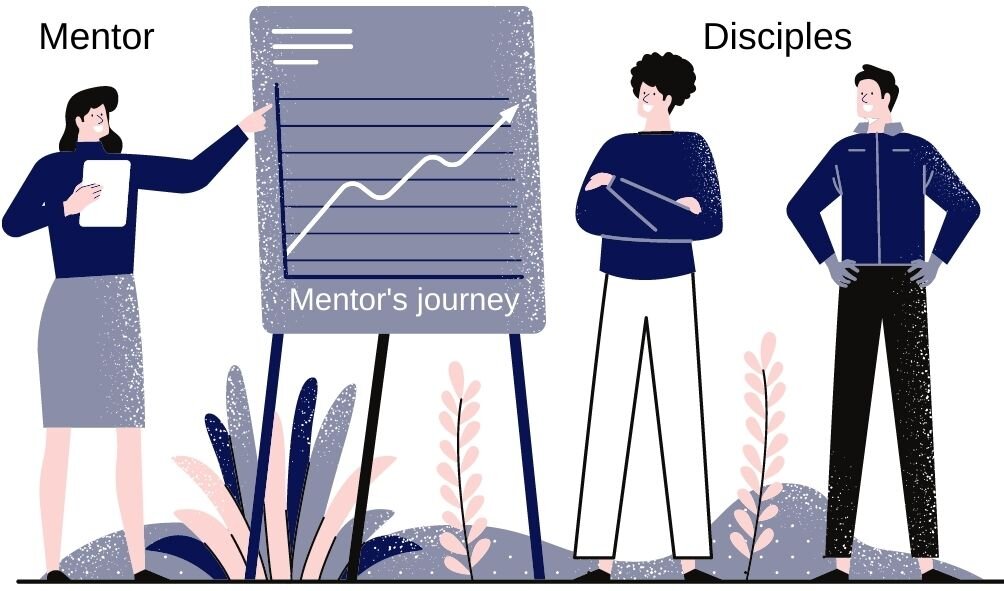1. Model The Way
You can read about my experience and expertise as a Design Educator here.
2. Understanding Biases
A) Eliminating Local Biases
One of the things that we do here at CuriousCore is that we eliminate local biases – meaning that we don’t just invite people from the Singapore industry. We invite people who work internationally so that our students in the 4-Month UX Career Accelerator can work internationally upon graduation if they choose to.
B) Multiple Guest Instructors
The second bias CuriousCore eliminates is instructor knowledge bias. I do not consider myself to be the only subject matter expert in everything related to UX and I don’t believe that is the truth! There’s still so much for me to learn. I pride myself in being a good custodian, facilitator and coach by being good at understanding the strategic elements of UX design. And, of course, the content and piecing everything together, helping everything make sense and telling a good story. So those things, I understand very well at a very deep level and I can advice people on that.
Other things, not so much! Which is why I bring in guest instructors to make sure they complement me in what I’m not strong at. Tell me a program that has an instructor reflecting to you and telling you “Hey, this is what I’m not good at. And this is what I’m good at.” So, I’m just sharing and making sure that if you’re signing up for our course, you know what I’m bringing to the table.
You can view our guest instructors profiles and their international backgrounds on our course page.
3. Choosing Context Over Content
At CuriousCore, we do not have a fixed course curriculum. What’s fixed is the process we take our students through. The content however, changes accordingly based on each student’s expertise and interest, hence prioritising the context.
Process:
All students will embark on real client projects in groups, 1 project each month for all the 4 months of the course. All students will also attend our 2-day Design Sprints for theoretical knowledge.
Content:
However, the type of support and content provided by the coaches differ based on what the student chooses to specialise in. After all, being a UX Designer differs greatly from being a UX Researcher or UX Writer, doesn’t it?
By the end of the 4 months, each student will be confident in applying for the position they have sharpened their skills in. This would have been chosen at the start of the course based on the skills they already had from previous work experience (regardless of what background they come from, we always find a way to identify transferable skills from various fields to the existing roles of UX). This ensures that their years of experience don’t go to waste.
You can find out more about these course features on our course page.
4. Mindset
I am a strong believer of educating my students on the right mindset and this is definitely incorporated in our course plan, under the feature of “Weekly Group Coaching Calls”:
• Weekly group coaching calls with the coach on the topics below:
– Interview Coaching: What to prepare for your interviews and how to present
– Web Presence: Getting noticed online (via LinkedIn and your website) o Monthly guest Senior Design Leader mentoring: The coach will get someone from the industry who is likely hiring or very experienced (12+ years) to chat with the coaching group and review your portfolios and progress
– Mindset and skills revision: Learning and re-learning the core concepts to prepare you for a career in digital design.
In fact, I often share and post about the importance of mindset on my LinkedIn (feel free to connect!) and in our webinars with current UX practitioners. You can watch our past recorded webinars here on our Facebook page.






